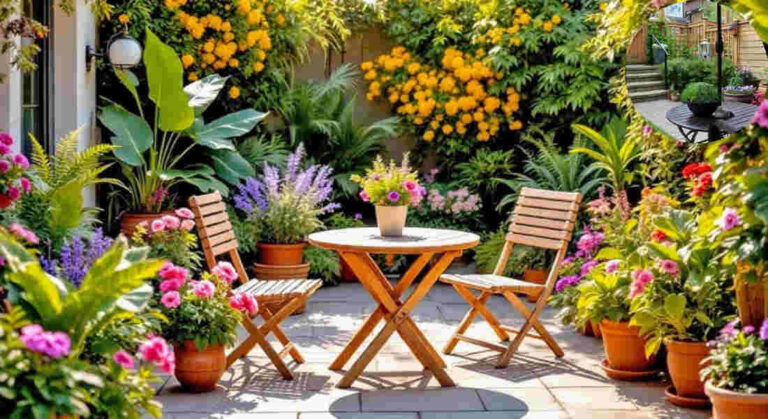Starting a home garden can feel like an exciting yet overwhelming journey. If you’ve ever wondered, “how to home garden when you’re new to gardening,” you’re not alone. Many beginners face challenges such as choosing the right plants, preparing the soil, or simply figuring out where to begin. But don’t worry — gardening doesn’t have to be complicated or intimidating!
Understanding the Basics of Home Gardening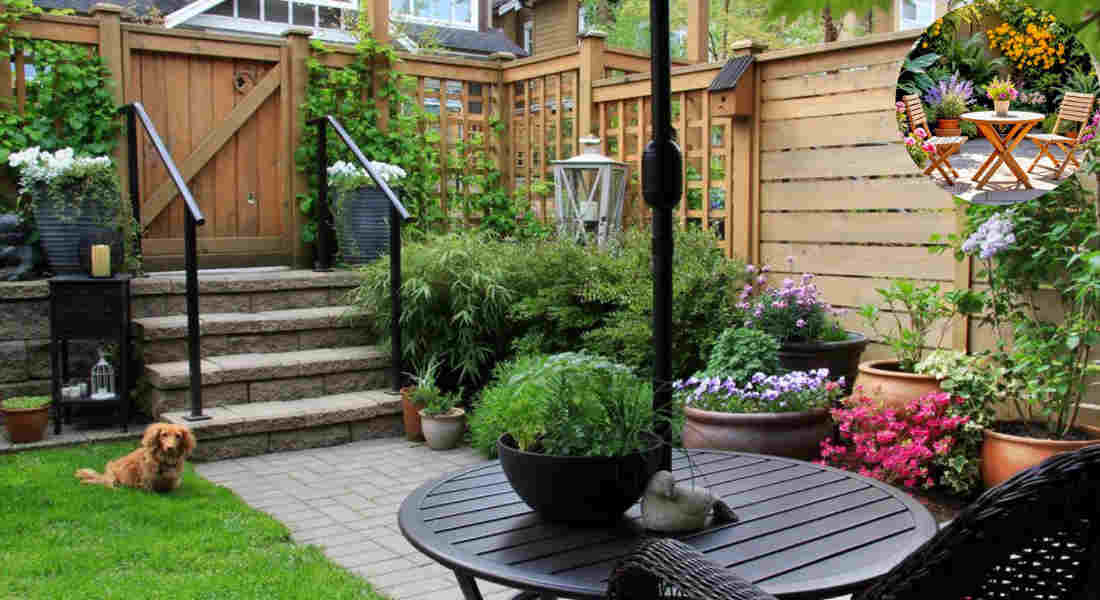
What is Home Gardening?
Home gardening is the practice of growing plants in your own space, whether it’s a backyard, balcony, or even a windowsill. It’s not just about growing plants — it’s about creating a space that nourishes your body, mind, and the environment. Gardening offers countless benefits, from improving mental health to providing fresh, homegrown food.
Why is Gardening Beneficial?
- Health Benefits: Gardening gets you outdoors, provides light exercise, and can even help reduce stress.
- Environmental Impact: Gardening contributes to cleaner air, supports pollinators, and reduces food waste.
- Sense of Accomplishment: Watching something you’ve planted grow and thrive is gratifying!
The Four Essentials of Gardening
If you’re new to gardening, focus on these four essentials:
- Seeds or Plants: Choose plants that are beginner-friendly (more on this later).
- Soil: Good soil is the foundation of a healthy garden.
- Water: Plants need consistent watering, but overwatering can be harmful.
- Sunlight: Most plants need at least 6 hours of sunlight daily.
Types of Home Gardens
There is no one-size-fits-all approach to gardening. Here are a few types to consider:
- Container Gardening: Ideal for small spaces, such as balconies or patios.
- Raised Beds: Great for controlling soil quality and reducing weeds.
- Traditional In-Ground Gardening: Ideal for those with a larger yard and good soil.
Starting small is key — you can continually expand your garden as you gain confidence and experience.
Planning Your First Garden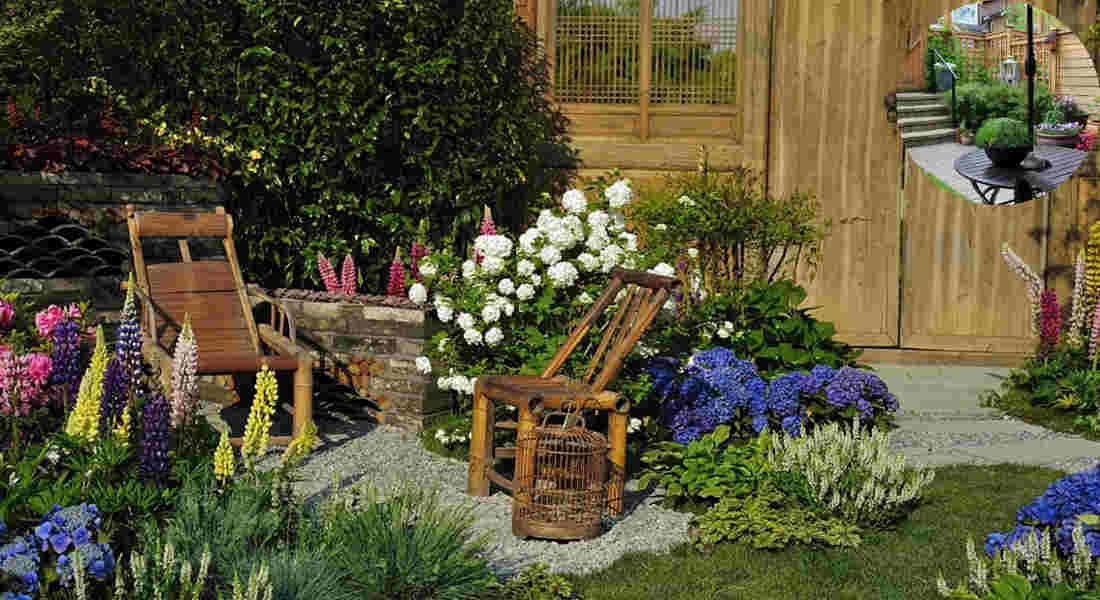
Assess Your Space
Before planting anything, take a good look at your available space.
- Size: How much space do you have? Even a small balcony or windowsill can support a garden.
- Sunlight: Observe how much sunlight your space receives throughout the day. Most plants need full sun (6+ hours), but some thrive in partial shade.
- Soil Condition: If you’re planting in the ground, check the quality of your soil.
Sketch Your Garden Layout
Planning your garden layout helps you visualize your space and ensures plants are spaced correctly. Start simple:
- Use a piece of paper to draw your garden area.
- Mark where sunlight hits and where you want to place the plants.
- Group plants with similar needs (e.g., water, sunlight).
Choose Beginner-Friendly Plants
For your first garden, stick to low-maintenance plants that are forgiving if you make mistakes. Here are a few suggestions:
- Vegetables: Tomatoes, lettuce, radishes, and zucchini.
- Herbs: Basil, mint, parsley, and chives.
- Flowers: Marigolds, sunflowers, and zinnias.
Know Your USDA Hardiness Zone
The USDA Plant Hardiness Zone Map helps you determine which plants will thrive in your area. You can also refer to a local planting calendar to know the best time to plant.
Preparing Your Garden Space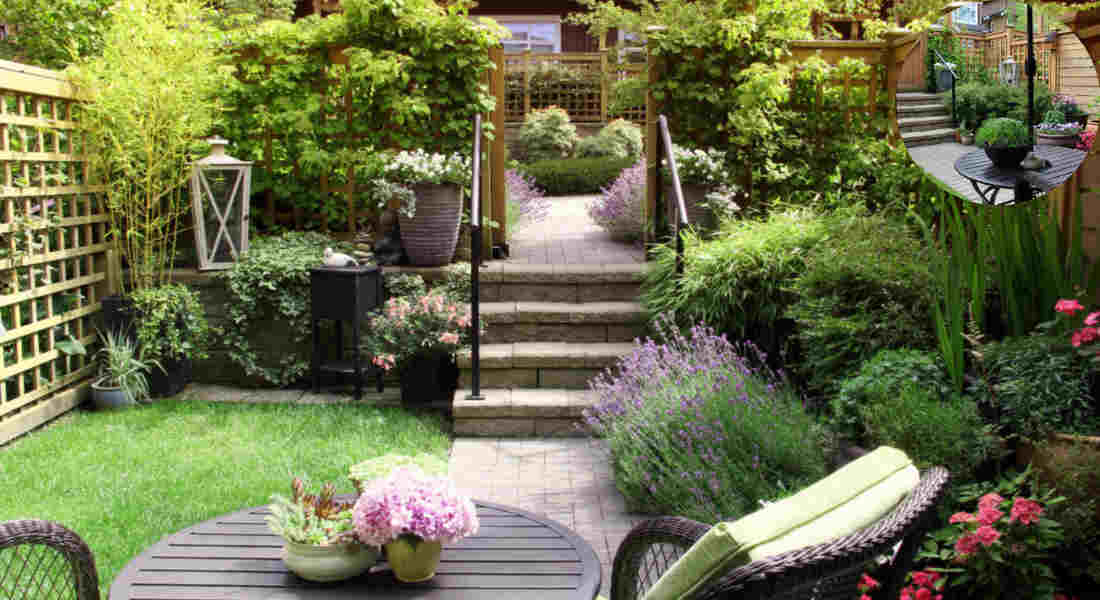
Test and Improve Your Soil
Healthy soil is the backbone of a thriving garden. Test your soil’s pH and nutrient levels using a home testing kit. If your soil lacks nutrients, improve it with compost, manure, or organic matter.
Prepare the Soil for Planting
- Tilling: Loosen the soil to make it easier for plants to establish a strong root system.
- Weeding: Remove any weeds, as they’ll compete with your plants for nutrients.
- Fertilizing: Add natural fertilizers or compost to enrich the soil.
Mulching for Moisture and Weed Control
Mulch is a beginner’s best friend. By adding a layer of mulch (like straw, wood chips, or leaves), you can:
- Retain soil moisture.
- Suppress weeds.
- Regulate soil temperature.
Consider Raised Beds or Containers
If your soil isn’t ideal or you’re short on space, raised beds and containers are excellent alternatives. They’re easy to set up, require less maintenance, and allow you to control the soil quality.
You may also read (how much does it cost to carpet a 3 bed house in the uk).
Essential Gardening Tools for Beginners
You don’t need to spend a fortune on tools. Start with these basics:
- Trowel: For digging small holes and transplanting.
- Gloves: Protect your hands from dirt and thorns.
- Watering Can or Hose: Ensure your plants get the water they need.
- Pruning Shears: Use to trim overgrown plants or harvest vegetables.
- Shovel: Useful for larger digging tasks.
Tips for Choosing Quality Tools
- Look for tools with sturdy handles and materials that resist rust.
- Don’t overspend; mid-range tools are often good enough for beginners.
Maintaining Your Tools
Clean your tools after each use to prevent rust and maintain their sharpness. Store them in a dry place to extend their lifespan.
Step-by-Step Guide to Planting Your First Garden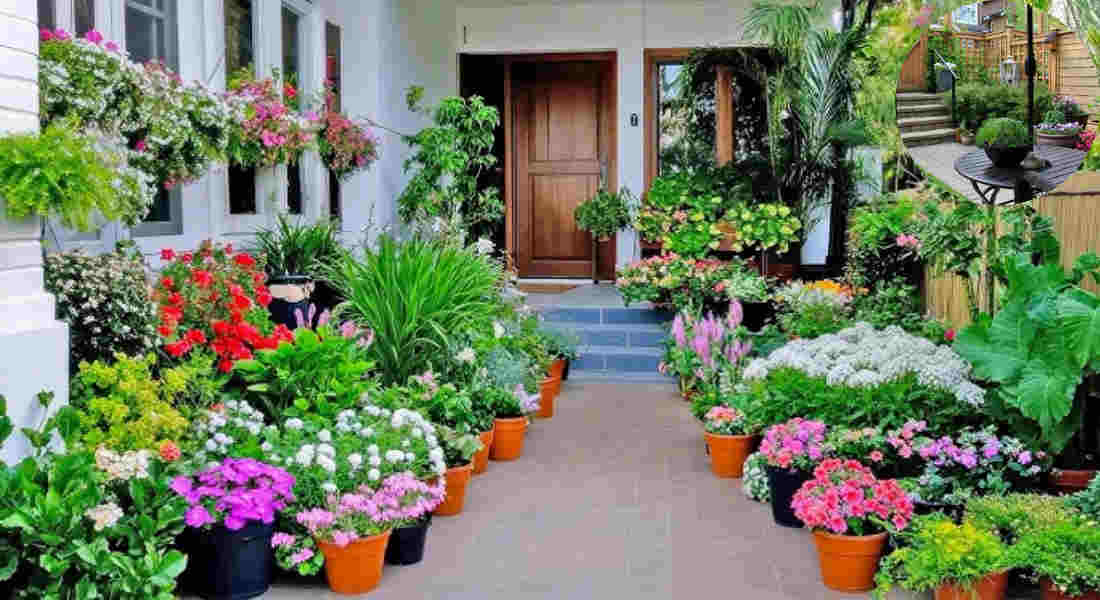
Starting Seeds Indoors vs. Direct Sowing
- Indoors: Ideal for plants such as tomatoes and peppers. Use seed trays and place them in a sunny window or under a grow light.
- Outdoors: Perfect for hardy seeds like carrots and radishes.
Proper Planting Techniques
- Seed Depth: Refer to the seed packet for specific instructions. Generally, plant seeds are twice as deep as their size.
- Spacing: Provide plants with sufficient room to grow without overcrowding.
- Timing: Plant during the recommended season for your area.
Watering Basics
- Water plants early in the morning or late in the afternoon to prevent evaporation.
- Check the soil moisture by sticking your finger 1-2 inches into the soil. If it’s dry, it’s time to water.
Transplanting Seedlings
If you’ve started seeds indoors, harden them off before transplanting by gradually exposing them to outdoor conditions over 7 to 10 days.
Caring for Your Garden: Maintenance and Troubleshooting
Daily and Weekly Care
- Watering: Keep the soil consistently moist but not soggy.
- Weeding: Check for and remove weeds on a regular basis.
- Monitoring Health: Look for signs of pests or diseases.
Managing Pests and Diseases Naturally
- Use companion planting (e.g., marigolds repel pests).
- Introduce beneficial insects like ladybugs.
- Apply natural pest control sprays, such as neem oil.
Pruning for Healthier Plants
Prune dead or overgrown branches to improve air circulation and encourage growth. For vegetables, prune excess leaves to focus the plant’s energy on producing fruit.
Fertilizing for Growth
Feed your plants with organic fertilizers or compost every few weeks to replenish nutrients.
Harvesting and Enjoying the Fruits of Your Labor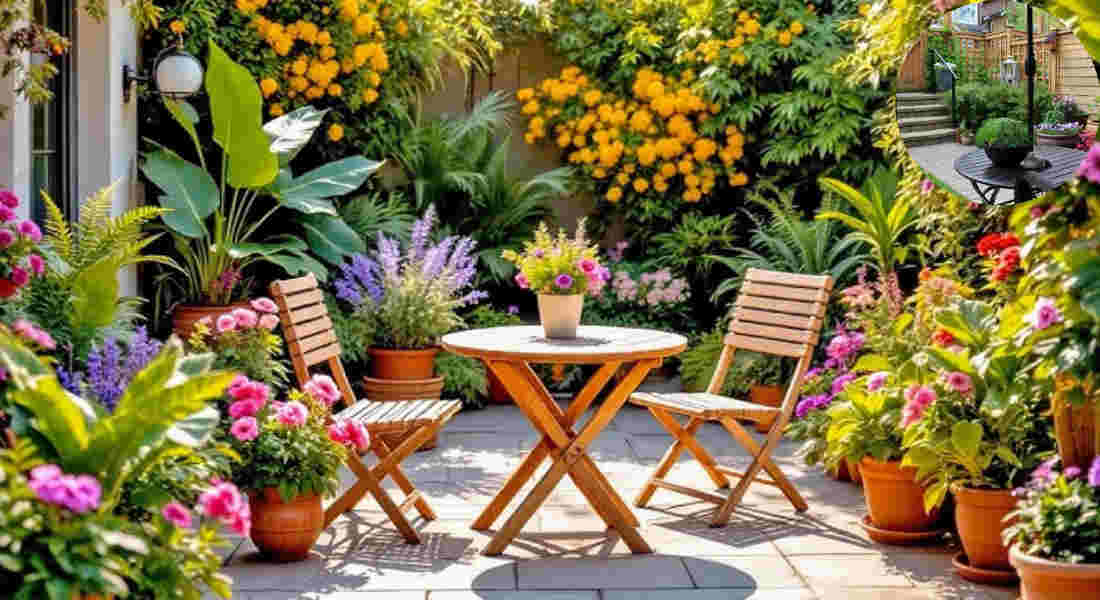
When to Harvest
Each plant has its signs of readiness. For example:
- Tomatoes: Bright red and slightly soft.
- Herbs: Harvest leaves when the plant is whole and healthy.
Best Harvesting Techniques
- Use sharp scissors or pruning shears to avoid damaging plants.
- Harvest in the morning for the freshest produce.
Storing and Using Your Produce
Store vegetables in a cool, dry place or refrigerate them for optimal freshness. Herbs can be dried or frozen for more extended storage.
Encouragement and Next Steps for New Gardeners
Gardening is a journey, not a race. It’s normal to make mistakes along the way — every gardener does! The key is to learn, experiment, and enjoy the process.
Resources for Learning
- Gardening blogs and YouTube channels.
- Local gardening groups or community gardens.
- Your local agricultural extension office.
Start small, be patient, and celebrate small victories. Before you know it, you’ll be an experienced gardener!
You may also read (how can i secure my house garden).

